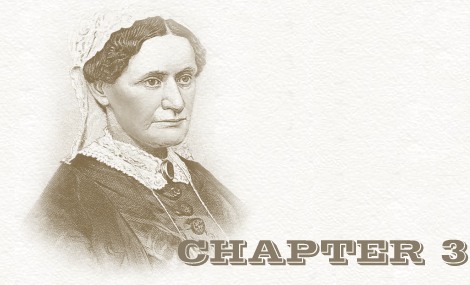The following year, herald the arrival of of Dr. Charles B. Stillman and Geo. W. Hewett, coming from Omaha on foot through the snow three feet deep in the month of March. Next came, early in April, another pair of footpads--Patrick Murray and Patrick McDonald, walking from Iowa City. From Omaha out, they had a constant battle with that big snow, and at Rawhide, below Fremont, it literally closed around and captured them. There they were without shelter, cooked food or wood to make a fire and bound in snow-fetters. But the Irish had not been "after venthuring to the frontair widout a barl or so of good whishky." And so they survived the cold chilling white.
On the first day of May 1857 they broke the rich Nebraska soil and planted 1,200 acres: and a Nebraska sod crop saved them from starvation. Such a sod crop never grew before nor since on the plains. Many a single potato was as large as a common man's foot, solid and good, and was a full meal for one. Before the crop was at all ready for use, the people were on the verge of famishing, living some of the time on nothing but cucumbers and parsley.
It is said of Mrs. Freston who is well known and respected in Columbus and whose good husband was killed here a few years ago, in a wind storm, by the falling timbers of Will B. Dale's new store, that her first child was born in a hut without a roof, during a drenching rain and that she lived and nursed her infant, for three weeks on such diet alone. And yet the little chap Erasmus thus born and thus nursed on cucumbers, goes around among us to this day as if nothing of the kind had happened.



